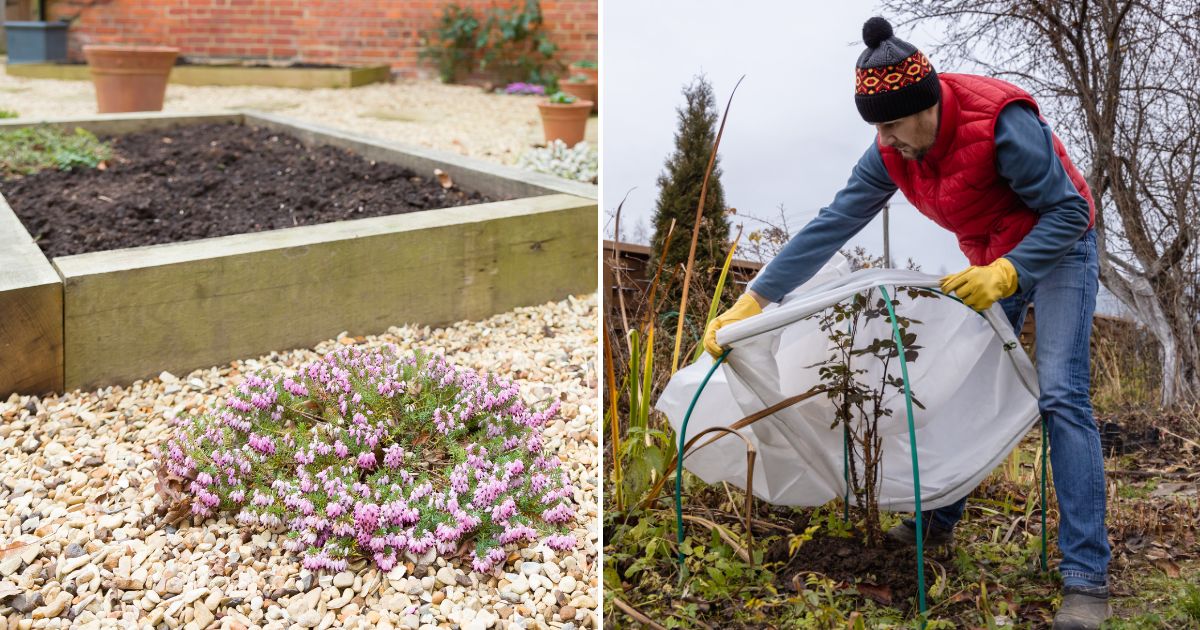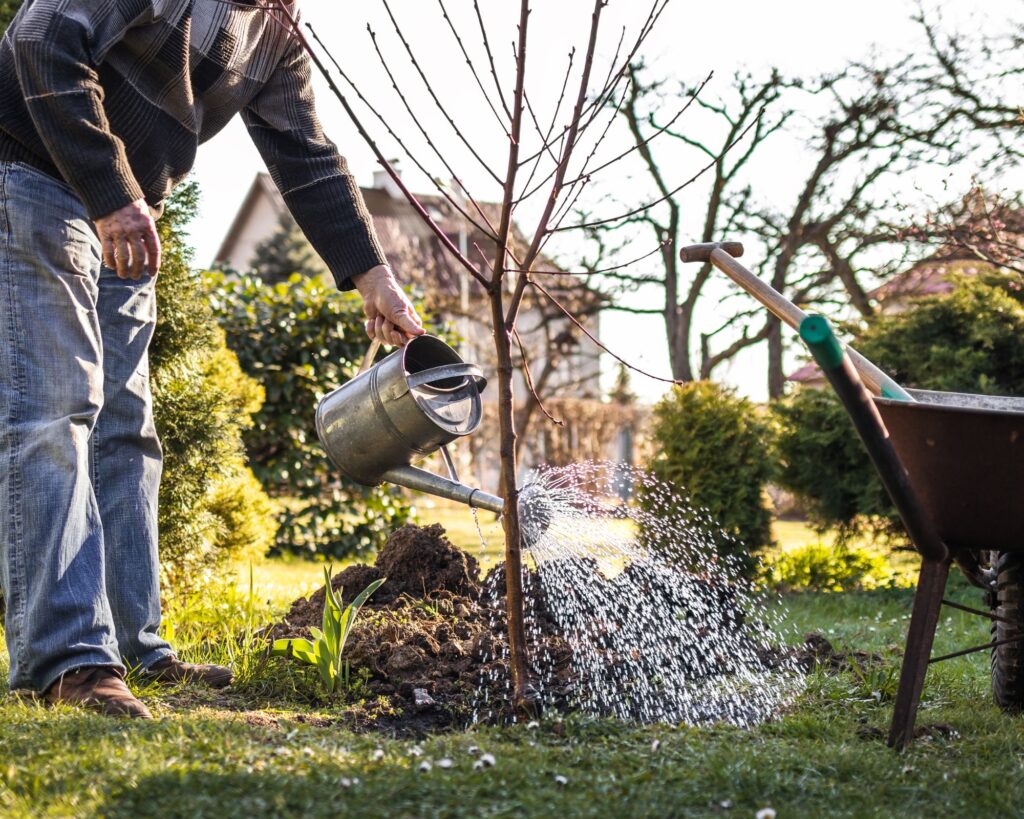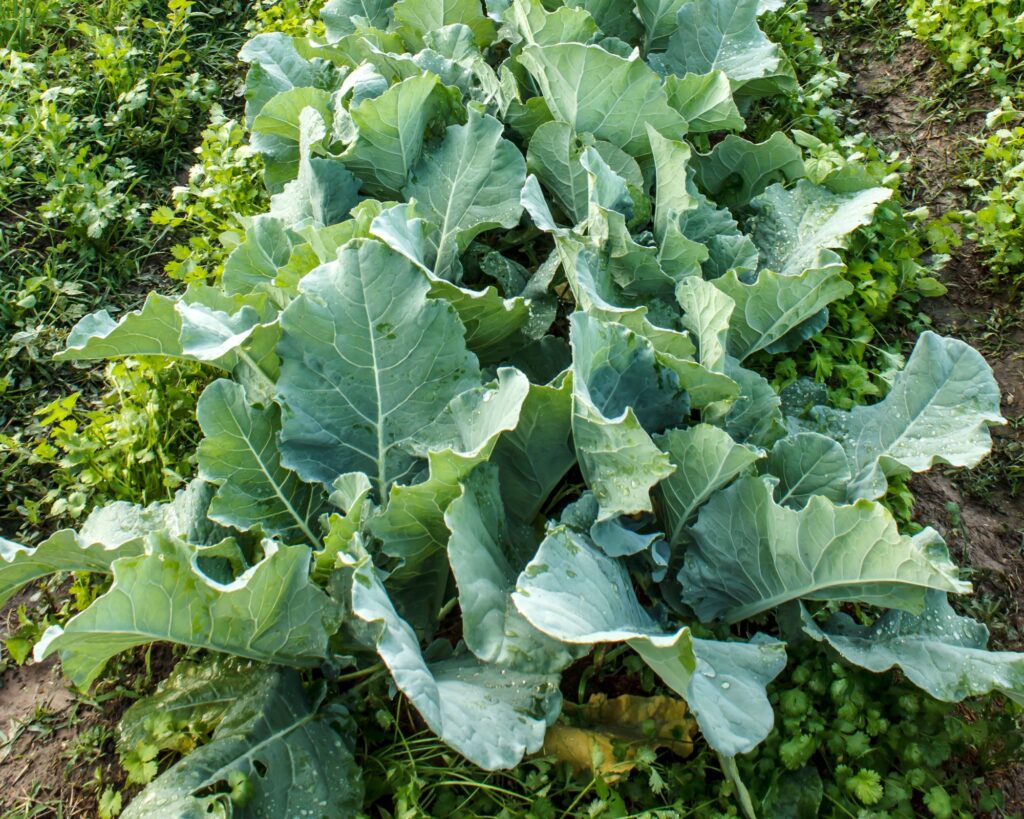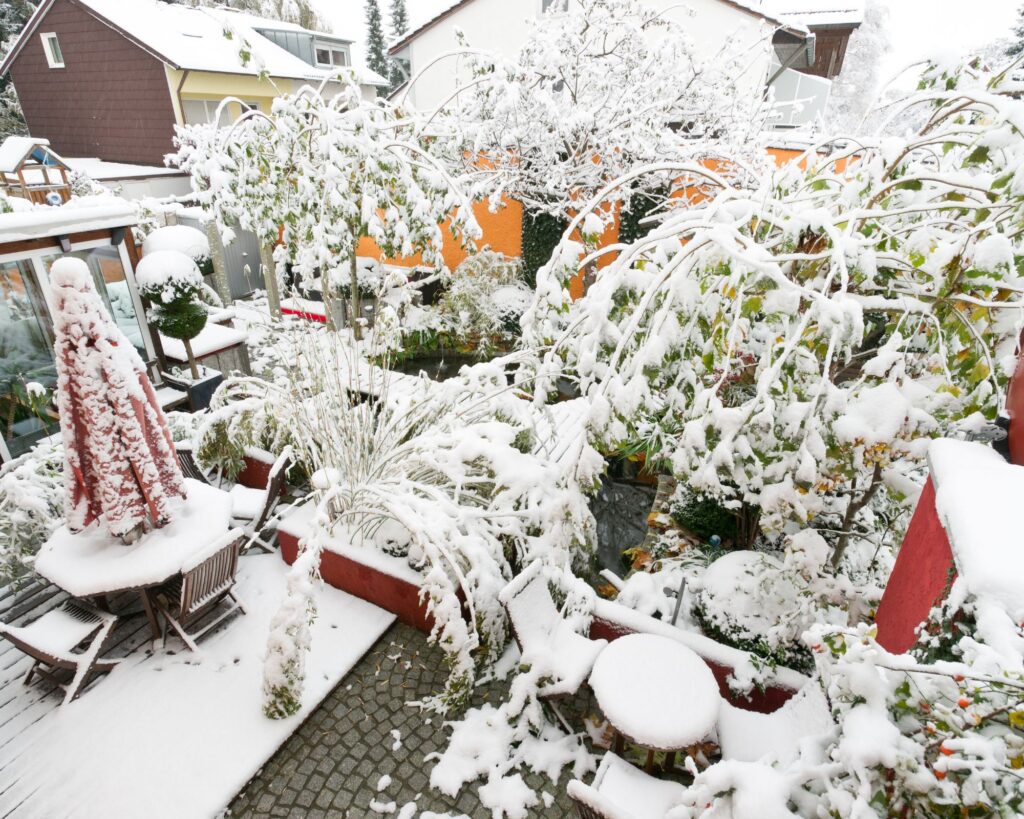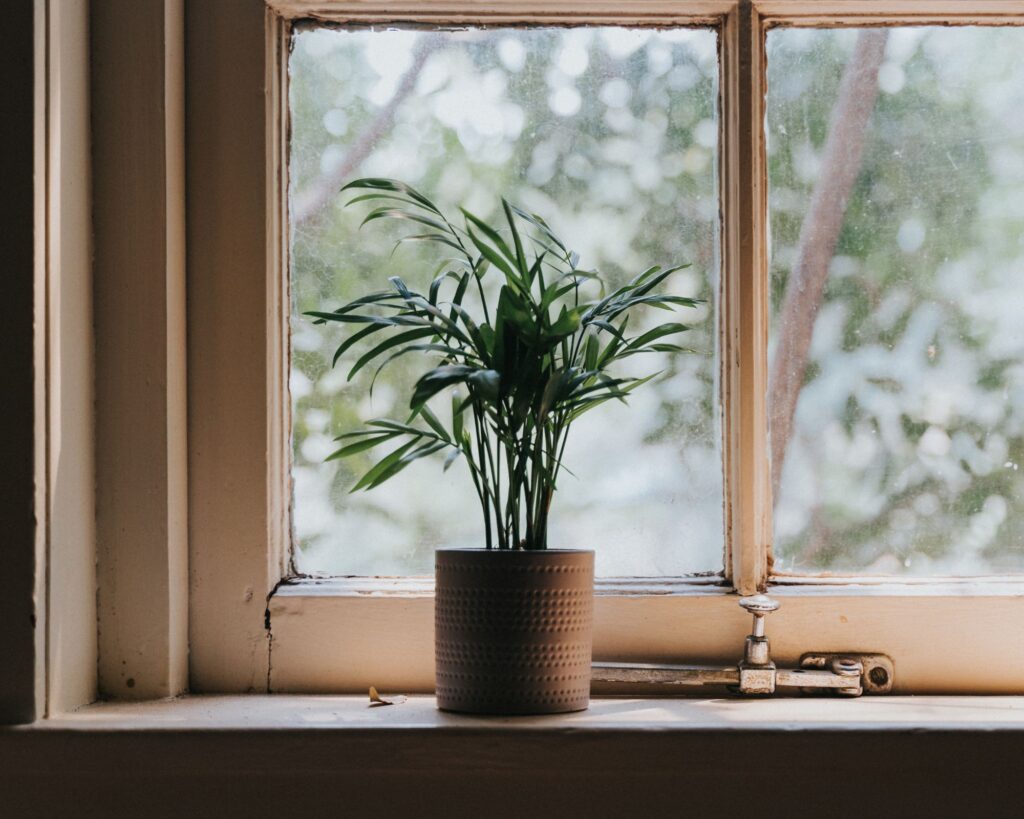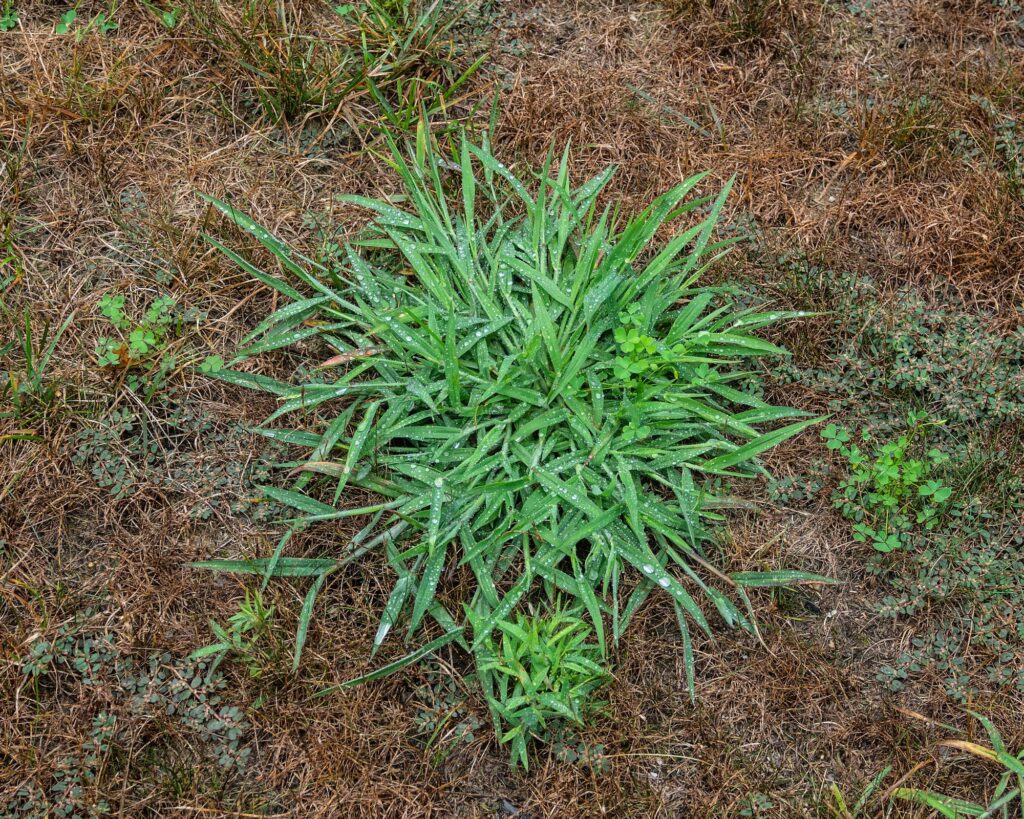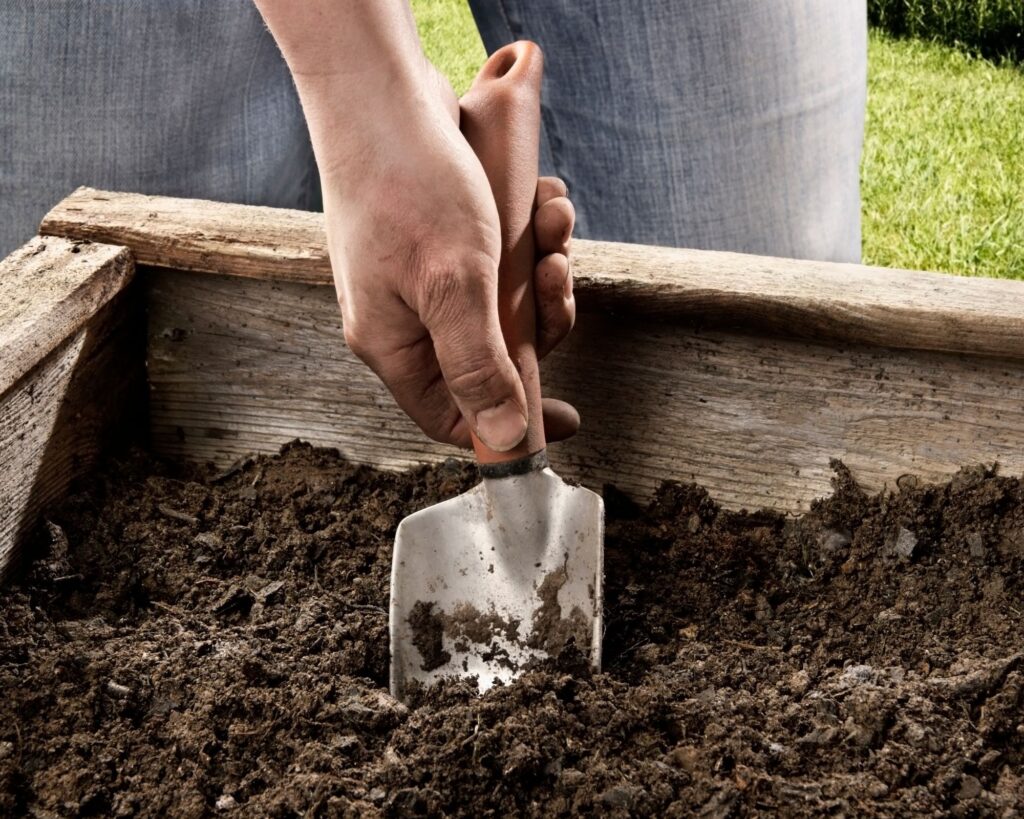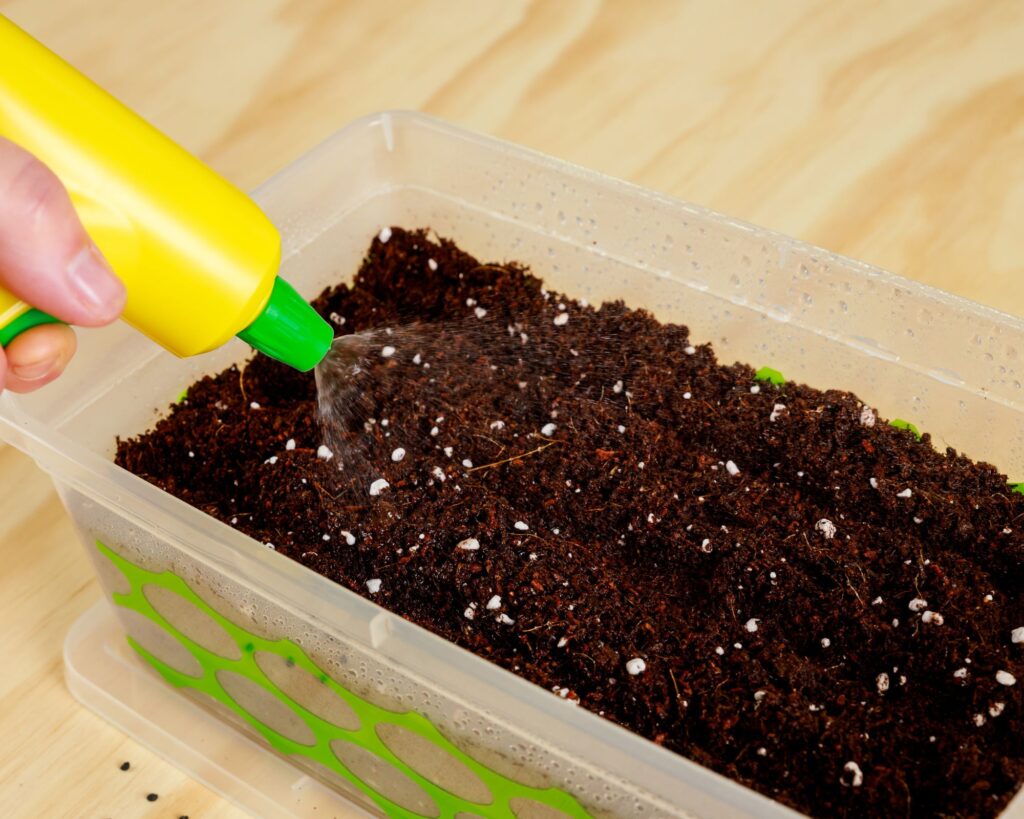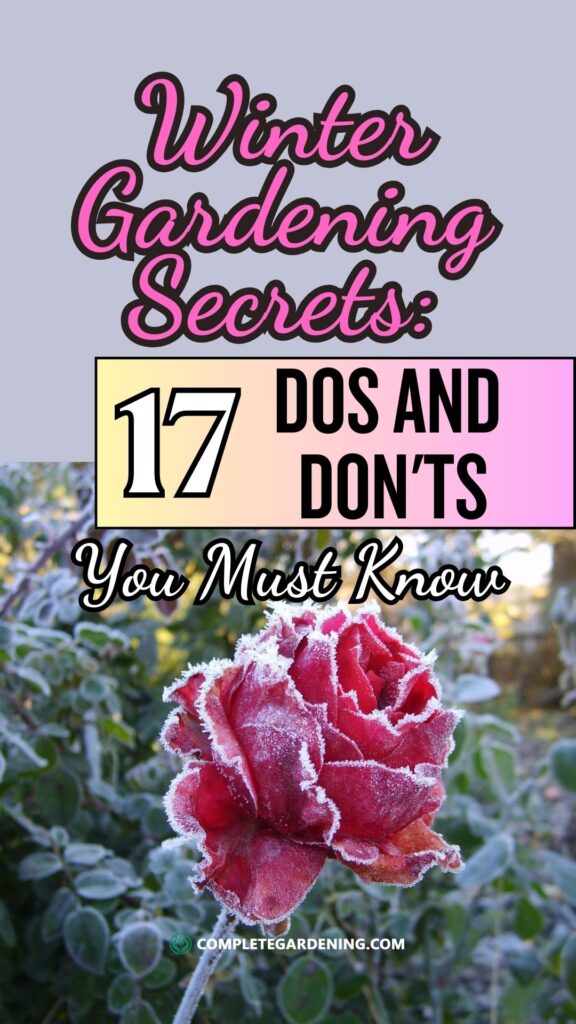Winter is often seen as the end of gardening for the year, but what if I told you it’s actually the secret weapon of seasoned gardeners?
The cold months are brimming with hidden opportunities to set up your garden for a burst of life in spring.
Winter gardening might seem daunting, but with the right care and a few essential tips, your plants can not only survive the chill but thrive in it.
By mastering these winter gardening dos and don’ts, you’ll turn this season of dormancy into one of preparation and promise. Ready to keep your garden flourishing even when frost bites?
1. Do Insulate Your Plants
One of the most important tasks in winter gardening is insulating your plants against the cold. Mulching is an effective way to protect plant roots from freezing temperatures.
Apply a thick layer of organic mulch, such as straw, leaves, or pine needles, around the base of your plants to act as a blanket. This insulation helps regulate soil temperature, reduces frost heaving, and retains moisture.
If you have delicate or potted plants, consider bringing them indoors or into a greenhouse. For those that must remain outside, use frost blankets or burlap to cover them during especially frigid nights.
Bubble wrap is another useful material to wrap around pots, providing an extra layer of insulation.
2. Do Water Your Plants (But Wisely)
While plants require less water in the winter, they can still suffer from dehydration, especially if the ground freezes. On milder winter days, give your garden a deep soak, making sure the water reaches the roots.
Be mindful of the time of day you water; it’s best to water in the morning to allow any excess to drain away before nightfall, reducing the risk of frost damage.
For indoor plants, reduce the watering frequency, as most will be in a dormant state and don’t require as much moisture. Overwatering can lead to root rot, so only water when the soil feels dry to the touch.
3. Do Prune Carefully
Winter is an ideal time for pruning certain trees and shrubs, particularly those that bloom in the summer. Pruning during the dormant season helps stimulate new growth in the spring and improves the plant’s shape.
However, avoid pruning spring-blooming shrubs like lilacs and forsythia, as this may reduce their flowering potential.
Remove dead or damaged branches and shape overgrown plants to maintain their health. Always use clean, sharp tools to make precise cuts and prevent the spread of disease.
4. Do Clean and Store Gardening Tools
With less active gardening, winter is the perfect time to clean and store your gardening tools properly. Remove any soil, sap, or rust from tools to prevent corrosion.
Sharpen blades, oil wooden handles, and store everything in a dry place. Proper maintenance ensures that your tools will be ready for action when spring arrives.
5. Do Plant Winter Vegetables
You don’t have to put a complete stop to growing during the winter months. Some vegetables thrive in cooler weather, including kale, spinach, broccoli, and Brussels sprouts.
Plant these hardy crops in late fall for a winter harvest. Utilize cold frames, cloches, or row covers to protect them from frost and extend your growing season.
6. Do Prepare the Soil for Spring
Winter is the ideal time to prepare your soil for the upcoming growing season. Remove any debris, weeds, or dead plant material that may harbor pests and diseases. If possible, test your soil to determine its nutrient composition and pH levels.
Based on the results, amend the soil with organic matter, such as compost or well-rotted manure, to improve its structure and fertility.
You can also spread a layer of mulch over the soil to prevent erosion and nutrient leaching during heavy winter rains or snowmelt. This will help maintain a healthy, nutrient-rich environment for spring planting.
7. Do Create a Winter Compost Pile
Winter composting is an excellent way to recycle organic waste and create nutrient-rich soil for your garden. While the decomposition process slows down in colder temperatures, it doesn’t stop entirely.
To keep your compost active, add kitchen scraps, fallen leaves, and shredded newspaper in layers. Turn the pile occasionally and, if necessary, cover it with a tarp to retain heat and moisture.
8. Do Plan for Next Year
Winter offers a valuable opportunity to plan your garden for the upcoming growing season. Reflect on what worked well in the past year and consider changes or new projects you’d like to undertake.
Make a list of seeds to purchase, design new garden layouts, and research planting schedules to optimize your springtime gardening efforts.
9. Do Protect Trees and Shrubs
Winter winds and ice can be damaging to trees and shrubs, especially young or newly planted ones. Use tree wraps or burlap to protect trunks from windburn and sunscald.
Surround the base of plants with mulch to keep their roots warm. If heavy snow or ice accumulates on branches, gently brush it off to prevent breakage.
1. Don’t Forget to Remove Snow and Ice
While snow can act as an insulator for plants, large accumulations of snow or ice can be harmful. Avoid using salt to melt ice near your plants, as it can lead to soil salinity and damage plant roots.
Instead, use sand, cat litter, or sawdust to create traction and minimize ice build-up. When removing snow from delicate plants and branches, use a gentle sweeping motion rather than shaking, which could cause damage.
2. Don’t Fertilize in the Dead of Winter
Fertilizing during the dormant season can do more harm than good. Most plants aren’t actively growing in winter, so adding fertilizer may encourage new growth that is vulnerable to frost damage.
Wait until early spring, when the soil begins to warm up, before resuming your fertilization routine.
3. Don’t Neglect Indoor Plants
Just because your outdoor garden is resting doesn’t mean you can ignore your indoor plants. Winter conditions can be challenging for houseplants due to lower light levels, reduced humidity, and cooler temperatures.
Move plants closer to windows to maximize light exposure, but avoid placing them near cold drafts or heat sources. Mist plants or use a humidifier to maintain humidity levels, and reduce watering to suit their slower growth rate.
4. Don’t Walk on Frozen Lawns
Frozen lawns are fragile, and walking on them can damage the grass blades and compact the soil. Compacted soil restricts root growth and reduces oxygen and nutrient absorption.
To avoid damaging your lawn, create clear paths and use stepping stones or planks if you need to walk across it during winter.
5. Don’t Leave Weeds Unchecked
Even in winter, some weeds remain active, especially those with deep root systems. These can rob your plants of nutrients and take over garden beds if left unchecked.
Remove any visible weeds and their roots during the winter to prevent a larger infestation come spring.
6. Don’t Neglect Garden Structures
Winter can take a toll on garden structures like trellises, fences, and raised beds. Inspect these structures for signs of wear or damage, and make any necessary repairs before the weather worsens.
Reinforce them as needed to withstand heavy snow and strong winds.
7. Don’t Ignore Perennial Care
Perennials need special care in winter to survive and thrive in the spring. Cut back spent foliage after it has died back naturally, but leave a few inches above the soil to protect the crown.
Add a layer of mulch around the base to insulate the roots and help retain moisture. For tender perennials, consider covering them with frost blankets or bringing them indoors.
8. Don’t Delay in Preparing Seedlings
If you plan to start seeds indoors, winter is the time to gather supplies and set up your growing station. Delaying this process can result in a late start for your garden.
Make sure you have quality seed-starting mix, trays, and grow lights ready to go so you can plant seeds in late winter or early spring.
Winter gardening requires a thoughtful approach, but with the right care, your garden can emerge from the cold months healthier and more vibrant.
By following these dos and don’ts, you’ll be well on your way to creating a garden that’s ready to bloom beautifully in spring.
With some planning, maintenance, and care, winter can become a productive season for gardeners.
